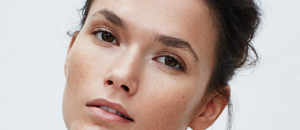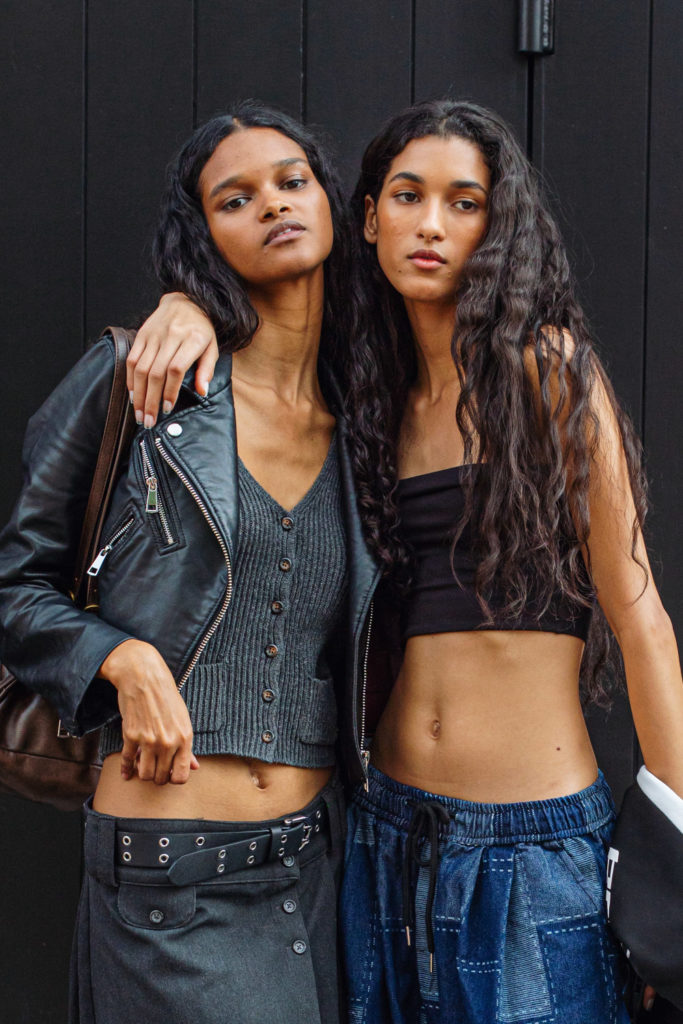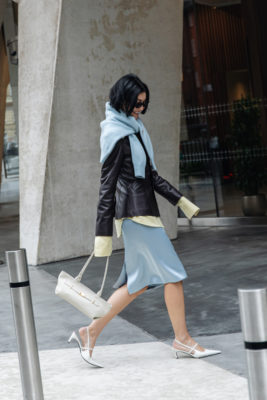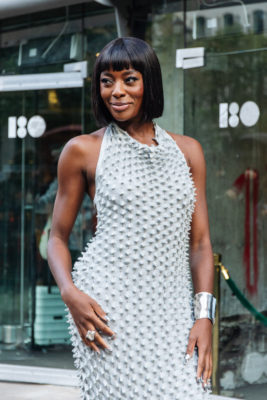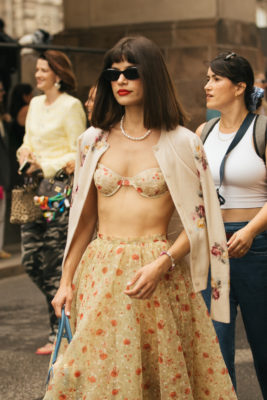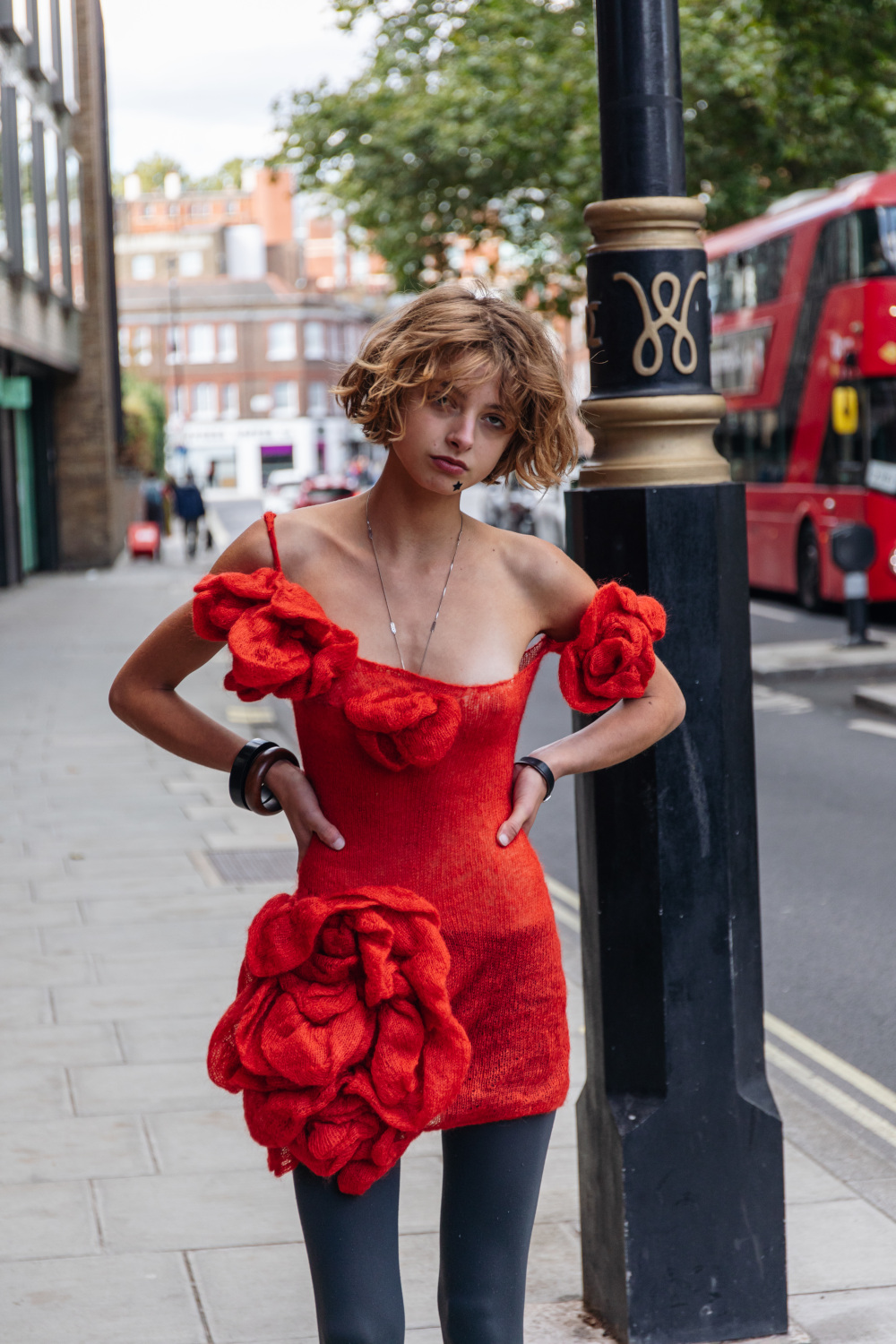
A History Of The Bob, The Haircut Of The Moment
By
7 months ago
Meet the most enduring hair trend of the last century
Ever wondered where our favourite short hairstyle came from? To get your answer, you’ll need to dust off some books and crack out a timeline. Here, we track the history of the modern bob, from accidental beginnings to modern fame.
Tracking The History Of The Bob
Origins
To get a real grip on the history of the bob, we need to go back – way back. ‘One of the earliest known instances of a woman sporting short hair was Joan of Arc, the French heroine of the 15th century,’ explains Naama Lanski, a researcher at MyHeritage. ‘The short hair was part of her defiance of traditional gender roles and her commitment to her cause. There is also evidence that some women in ancient Egypt wore short hair, often adorned with beads or other decorations.
‘All this is relevant to women. Men had significantly more freedom in this regard, and their external appearance, including hairstyle, did not carry the same social meanings as those of women.’
But Naama warns that these hairstyles shouldn’t be confused with today’s understanding of the bob. ‘When addressing the bob as a fashion trend, we should regard the modern era,’ she says. ‘The early 1920s is the most significant social cultural anchor for the trend.’
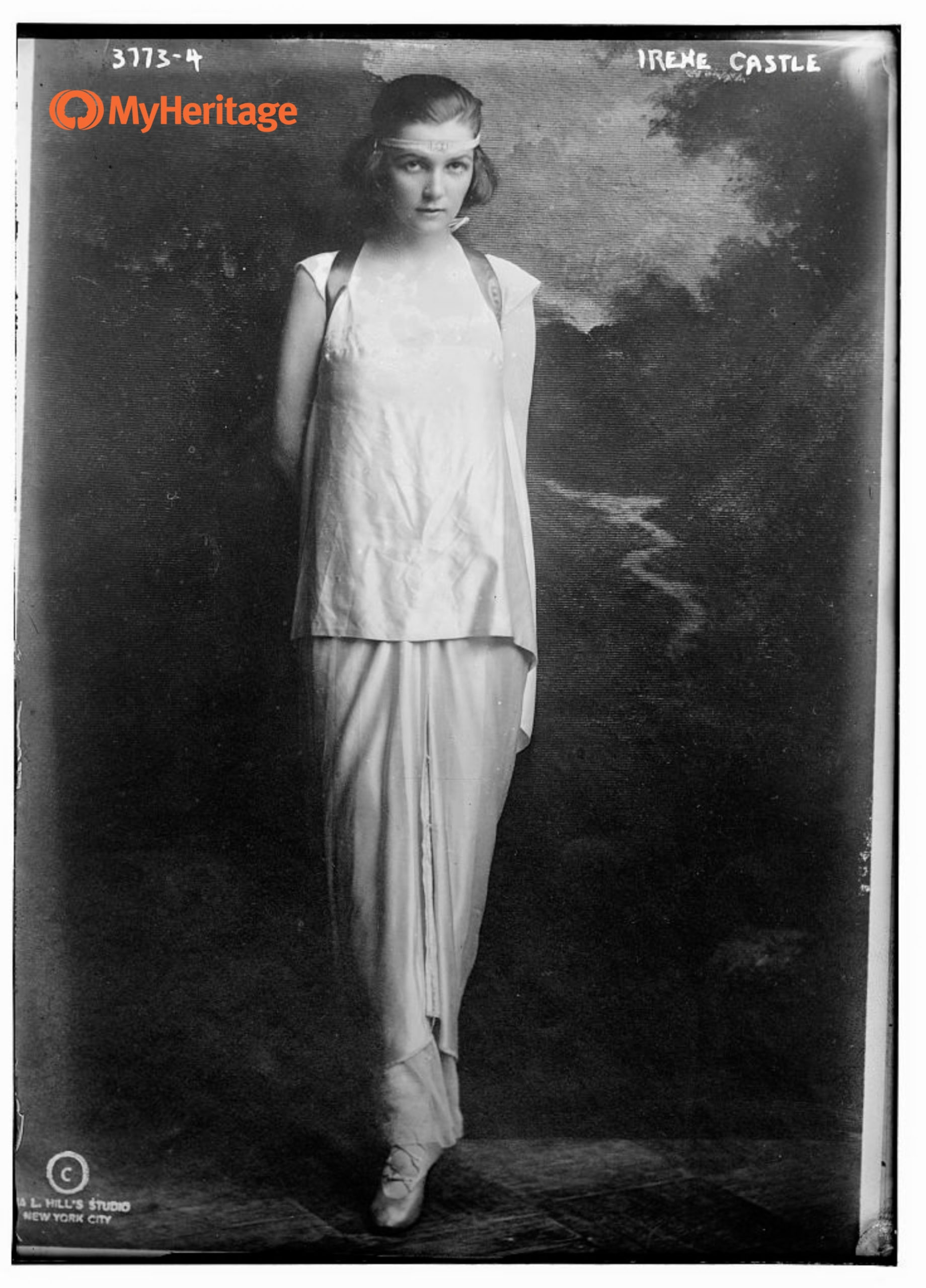
Irene Castle, 1915 (c) MyHeritage
Early Beginnings
So, really we consider the beginnings of this trend to be sometime around the start of the 20th century. Although its grand debut wasn’t exactly intentional. Cue Irene Castle, one of the original trendsetters of the modern era.
‘The famous head under the trailblazing bob is widely considered to belong to the dancer Irene Castle,’ highlights Naama. ‘Exactly 110 years ago, in the summer of 1914, Castle paved the way to this trend – quite accidentally and unintentionally.
‘Castle was born 1893 in New York, and became famous during the early 1910s alongside her partner Vernon Castle,’ she continues. ‘As part of this power couple, and a celebrity in her own right, Irene Castle was indeed a fashion trendsetter. But her bobbed hair wasn’t meant to be a bold fashion statement to begin with – nor was it meant to be a critical act towards society. Castle simply cut her hair before going through an appendix removal surgery in 1914. Focused on her convenience during the week-long hospitalization, she saw it mainly as a practical solution.
It was the response to her newly cut hair that gave rise to a brand new trend: the Castle bob. But not everyone was thrilled at first. ‘When Castle later dared to appear in public hatless and scarfless, people were deeply shocked by her inappropriate, distasteful hairdo,’ explains Naama. ‘But for some women, Castle’s haircut – so short it barely covered her earlobes – felt excitingly liberating. It didn’t take long for more and more American women to catch up with what gradually evolved into a “Castle bob” mania.’
The 1920s Boom
And then we hit the 1920s – otherwise known as the first boom in popularity for the bob. ‘The “Roaring Twenties” was a huge time of popularity for this hairstyle,’ agrees Naama. ‘This point in time also marked a significant social and cultural change – with the UK women’s Suffrage movement playing a very central role not only in England, but also in influencing many other western countries. Until then, women’s hairstyles were typically more elaborate and ornate, with long, flowing hair being the norm.
‘In many cases, the bob was seen as an overt way of declaring disobedience to expected social norms,’ she continues. ‘Thus becoming one of the symbols of women’s liberation and independence.’
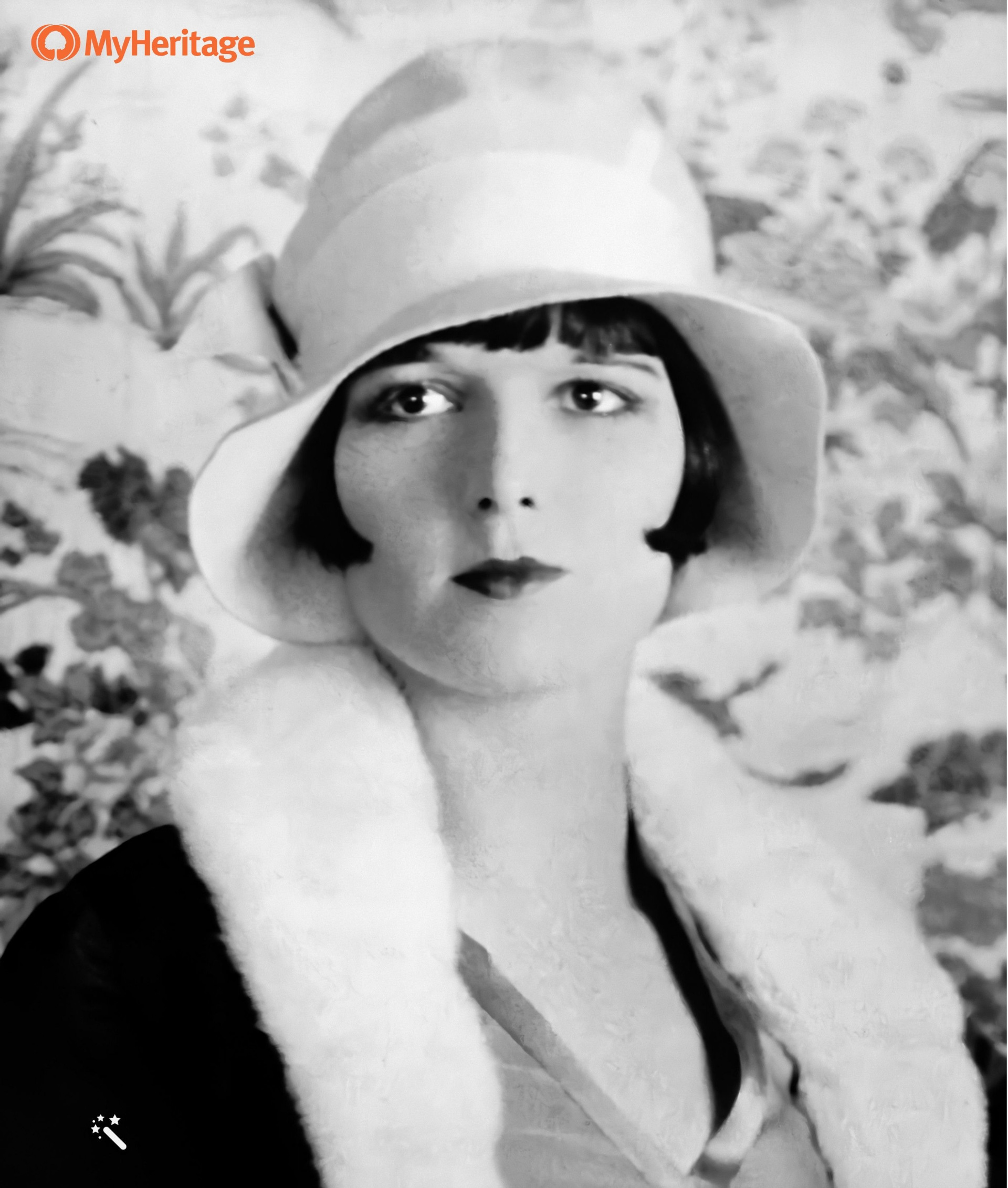
Louise Brooks, 1926 (c) MyHeritage
The bob soon found a home with the Flappers. Led by young women in the 1920s who embraced a lifestyle characterised by bold fashion choices and a rejection of traditional societal norms, the Flapper subculture emerged around this time and echoed the movement towards women’s newfound freedoms and independence.
The trend came with plenty of resistance, too. ‘The bob only began gaining popularity towards the end of the 1910s, and then it was considered highly controversial for women since traditional notions of femininity dictated long hair,’ says Naama. ‘Women who wanted to adopt the hairstyle faced strong resistance, even from hairdressers who were unaccustomed to cutting short hair.’
But that didn’t mean women didn’t find ways to wear a bob. ‘Women resorted to men’s barbershops instead, or arranged (folded) their long hair to make it appear as a bob,’ notes Naama.
Some of the most famous wearers of the trend at this time were actresses, who helped popularise the cut in mainstream media. These include ‘It Girl’ Clara Bow, one of the decade’s biggest trendsetters, and Mary Gordon, who went as far as to state that cutting off long hair was a step toward freedom for women.
Another woman who made the bob her own was Louise Brooks. The silent film actress was arguably one of the most famous wearers of the cut in the 1920s. ‘Among the early popular iterations of the hair style was the actress Louise Brooks,’ confirms Naama. ‘Her sleek, chin length cut, known as the “Lulu Bob” had a cinematic appeal.’
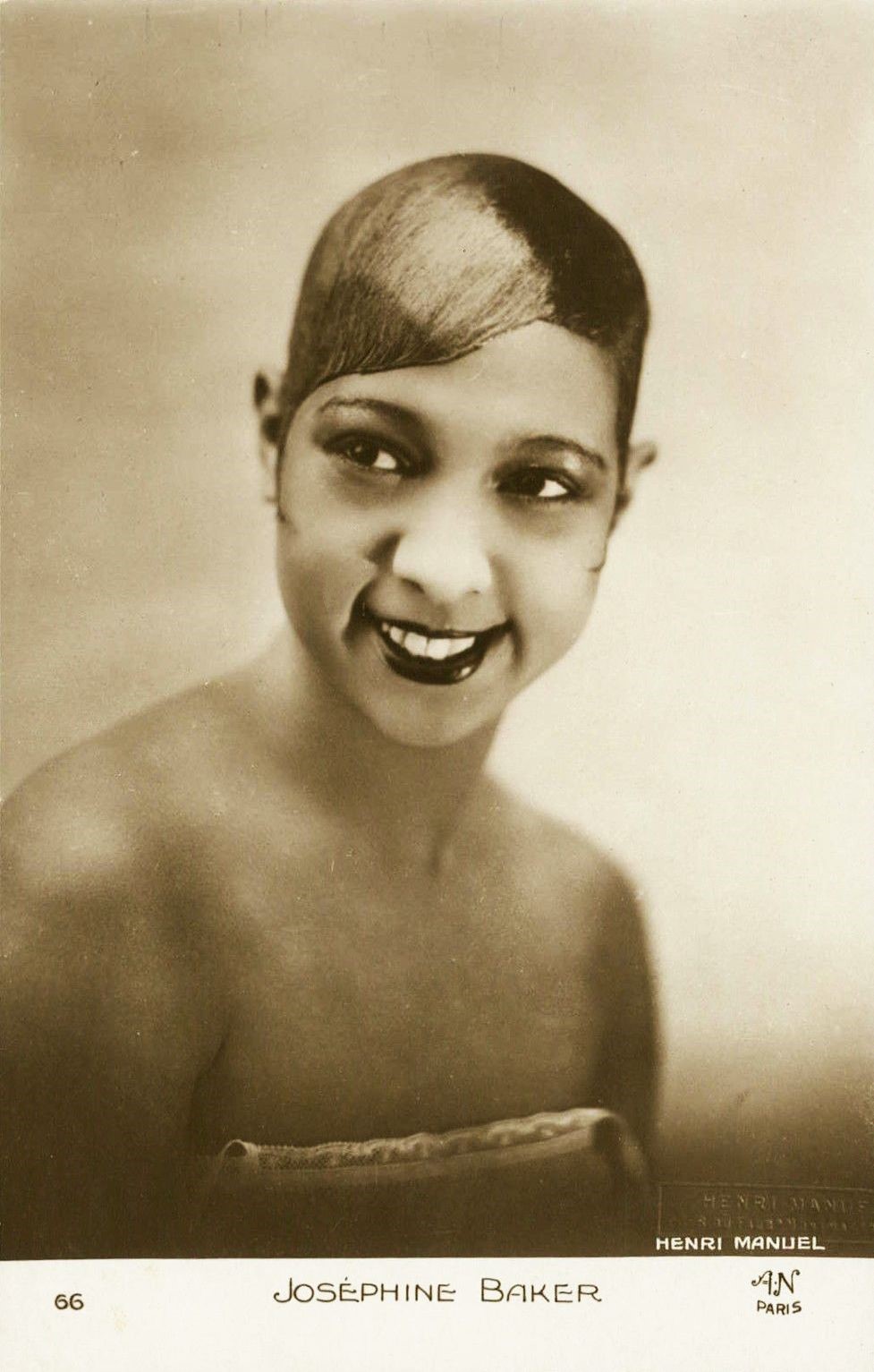
Josephine Baker photographed by Henri Manuel c. 1920s (c) Wikimedia Commons
And then there was Josephine Baker, who adopted a sleek bob as her signature look. The American-born French entertainer and civil rights activist rose to fame in the 1920s, and was celebrated for her style and charisma. Baker was well-known for wearing her bob in slick curls or waves for a more playful take on the trend, which complemented her dynamic stage presence and status as a modern performer.
More Recent Revelations
However, like most trends, the bob did fall in and out of fashion over the next few decades. ‘Bobs were already considered old news by the 1930s,’ says Naama. ‘Although it remained a staple hairstyle throughout the 20th century, undergoing various transformations to suit evolving fashion trends.’
The hairstyle resurfaced in a big way in the 1960s – largely thanks to British stylist Vidal Sassoon, who is credited with creating the five-point cut. ‘Sassoon revolutionised the bob with his geometric and angular cuts,’ adds Naama. ‘His bob had sleek, clean lines and used very precise techniques. He redefined the bob as a symbol of modernity and sophistication.
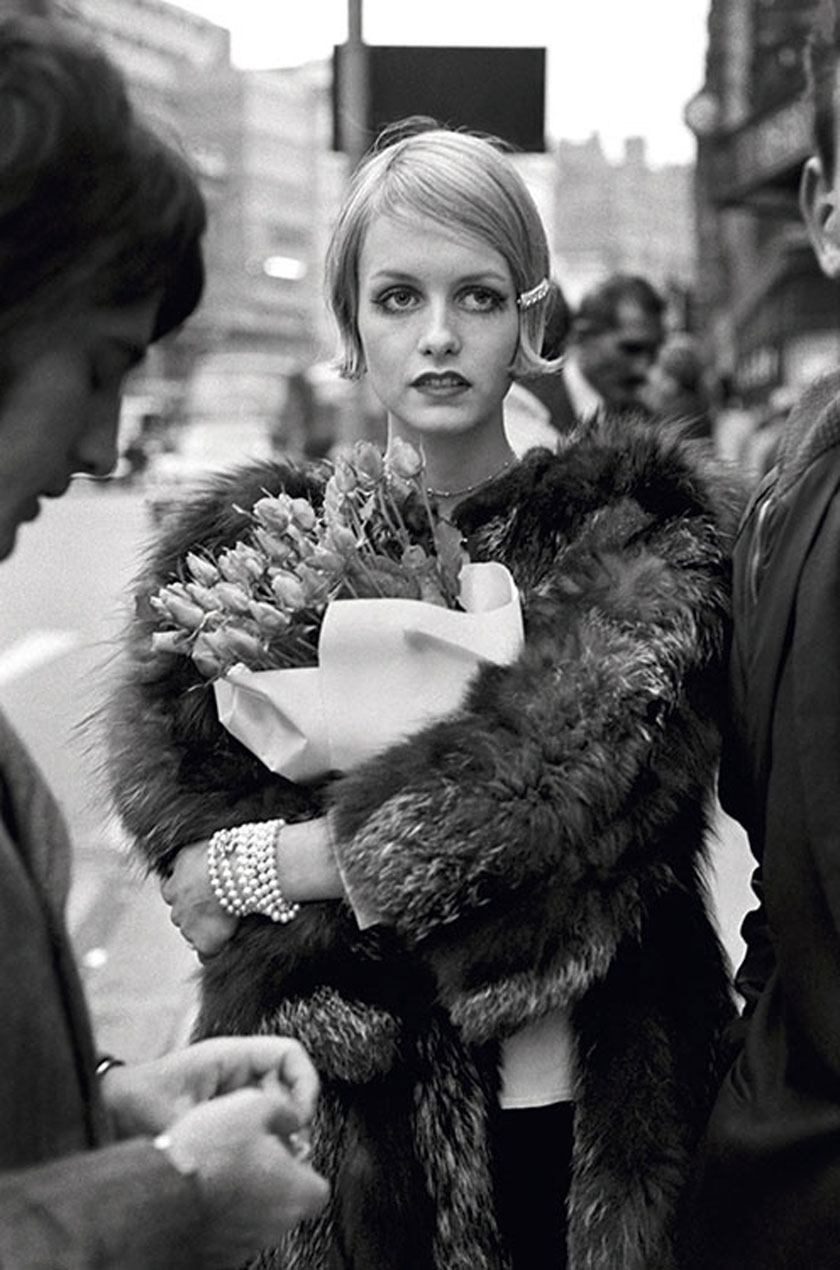
Twiggy on the Kings Road (c) Terry O’Neill / Iconic Images
And, with major pop culture influences like Mary Quant and Twiggy wearing the trend throughout the decade, the bob once gain became a decade-defining cut.
The bob came back onto the scene once more in the 1990s – again fuelled by star (and girl) power. The rise in popularity again came courtesy of a bigger feminist movement, which encouraged women to embrace bolder styles that reflected their independence and individuality. Many members of the Spice Girls, one of the decade’s biggest ambassadors for girl power, sported bobs at this time.
Stateside, it also became the go-to look for high-profile supermodels Naomi Campbell, Christy Turlington, and Linda Evangelista, who sported variations of the bob on runways and in magazines. And, with a cameo on the hit TV show Friends (specifically, Jennifer Anniston’s haircut, dubbed The Rachel), the bob became big news yet again.
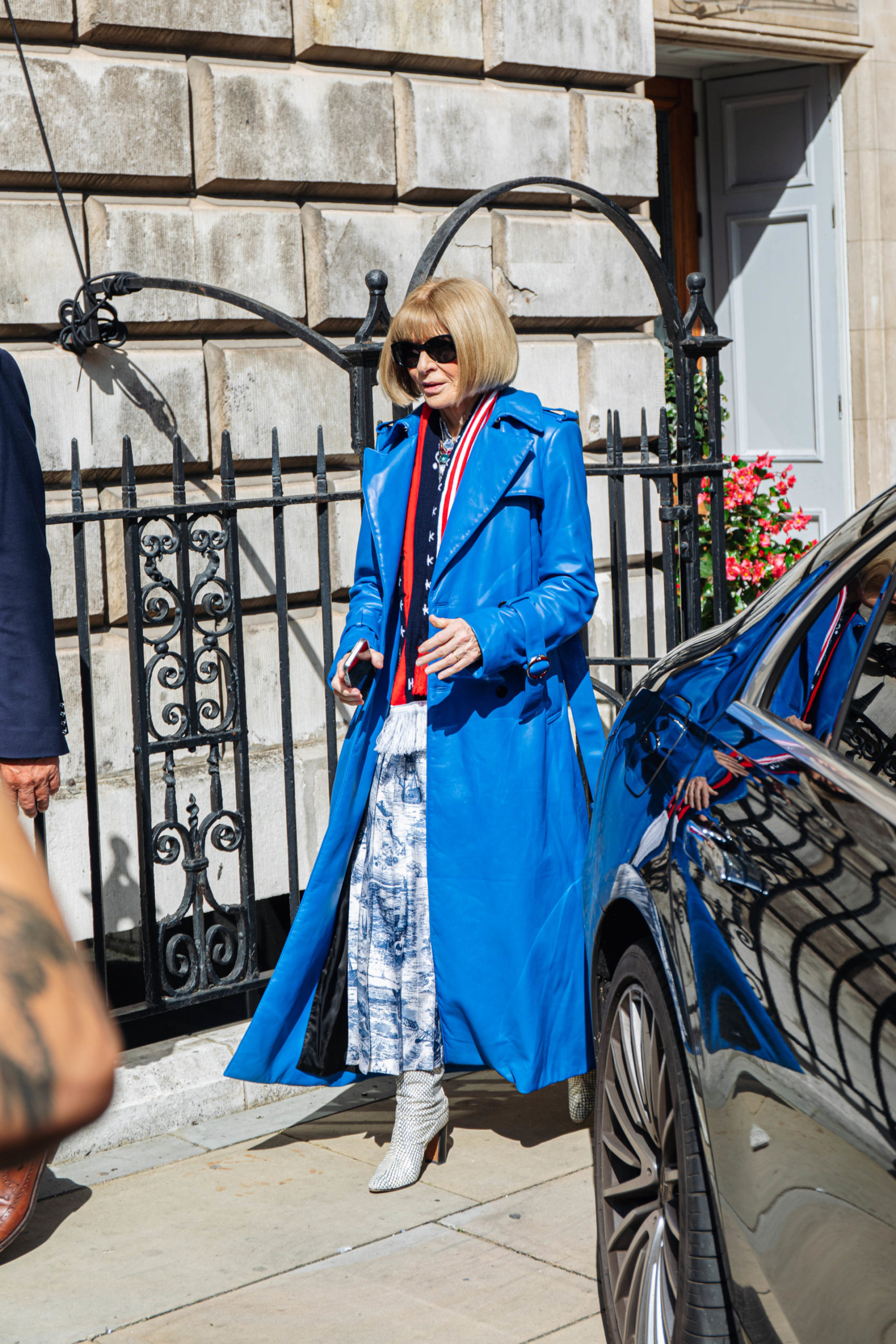
Anna Wintour at London Fashion Week September 2024 Street Style (c) Deborah Iona Photography, British Fashion Council
A Modern Love Affair
So, where does that leave us now? Well, we’re still loving the bob – perhaps even more than ever. ‘The bob continues to be a super stylish and versatile fashionable choice for women of all ages, but it does not carry the same social meaning as it did in the past,’ says Naama. ‘As trends usually are, the bob is an incarnation of a fashionable breakthrough from history that kept coming and going. It’s a great example of how we often revisit past trends.
‘Numerous versions to the bob keep appearing, so it keeps an enduring appeal,’ she adds. ‘It is embraced time and again as a signature style amongst high profile women. Think Coco Chanel, Victoria Beckham and Vogue‘s Anna Wintour.’
Still curious what all the fuss is about? Then why not try a bob for yourself. We’ve rounded up some of the top bob hairstyles to wear now here.
Featured image: London Fashion Week September 2024 Street Style (c) Deborah Iona Photography, British Fashion Council


